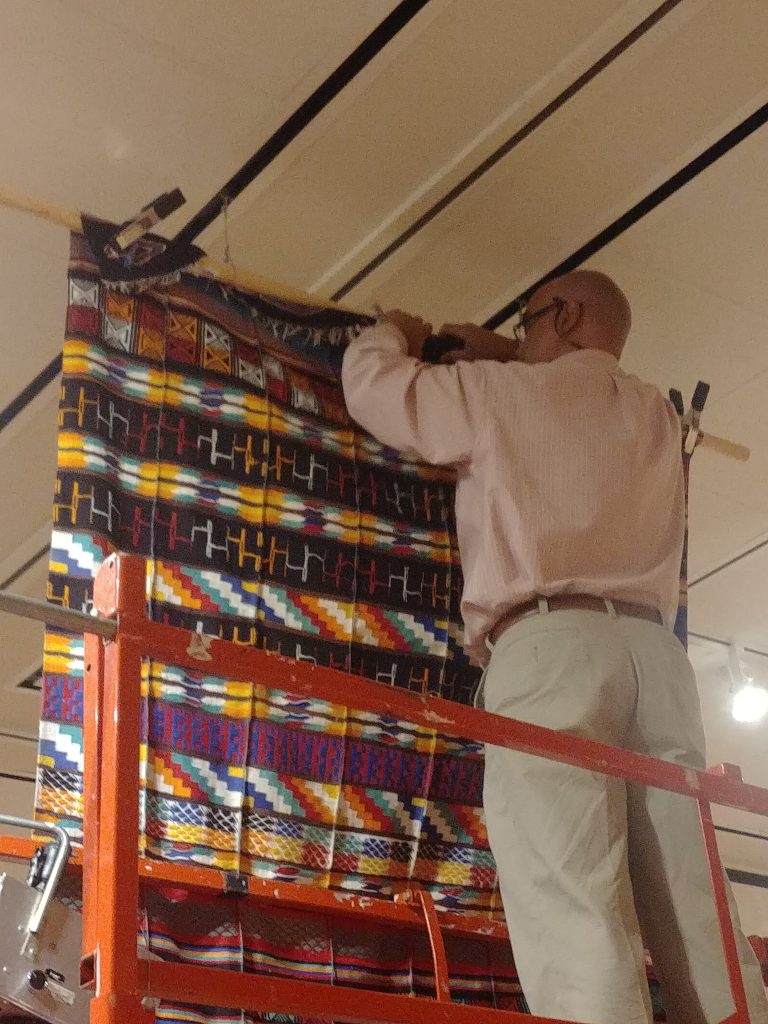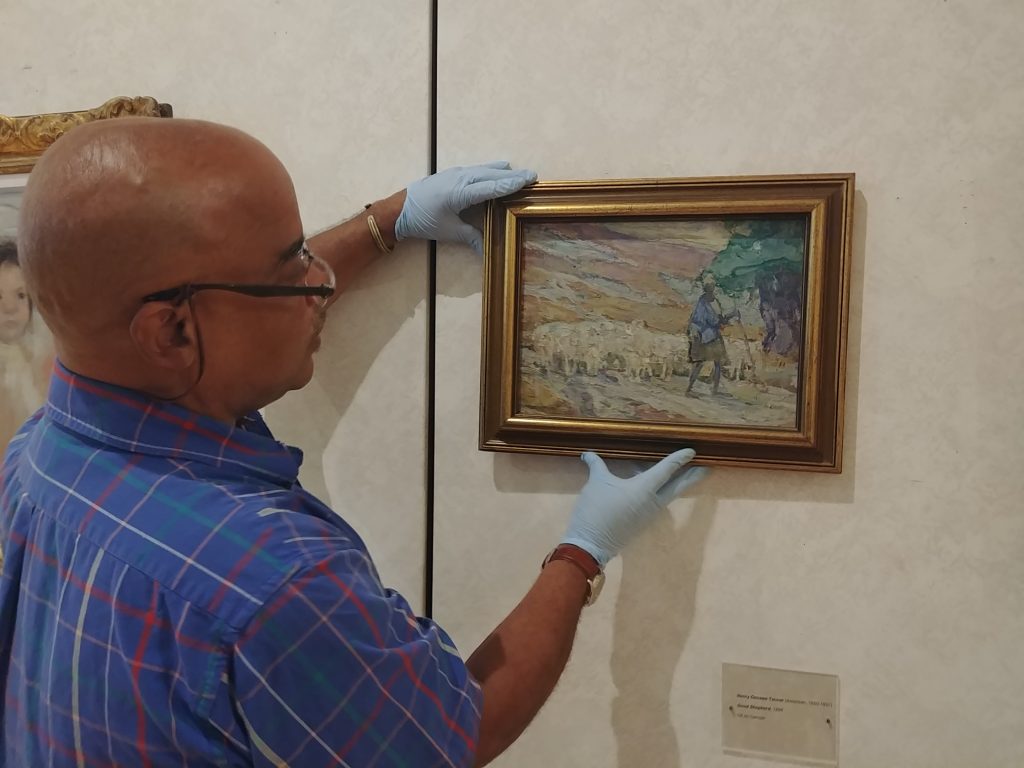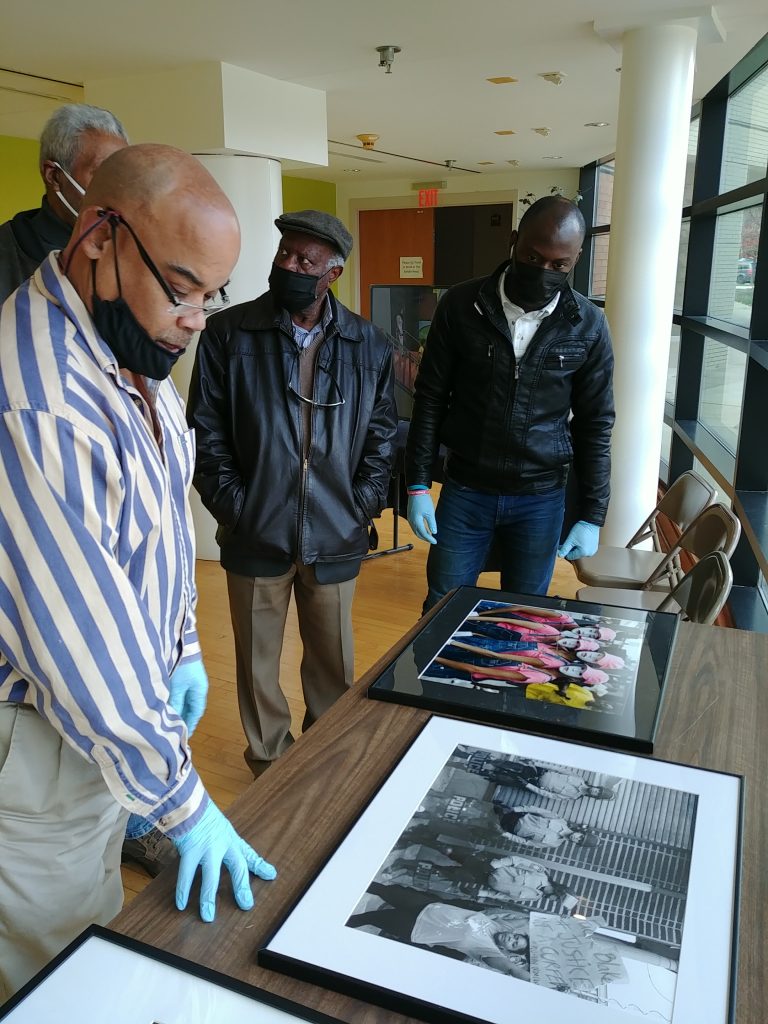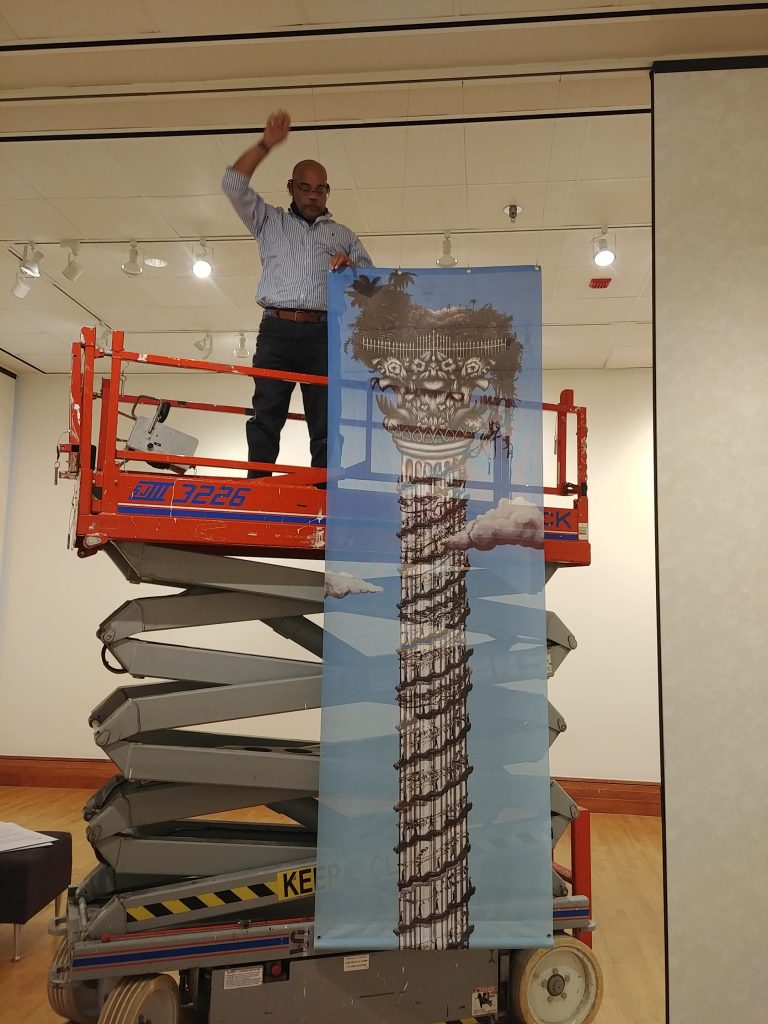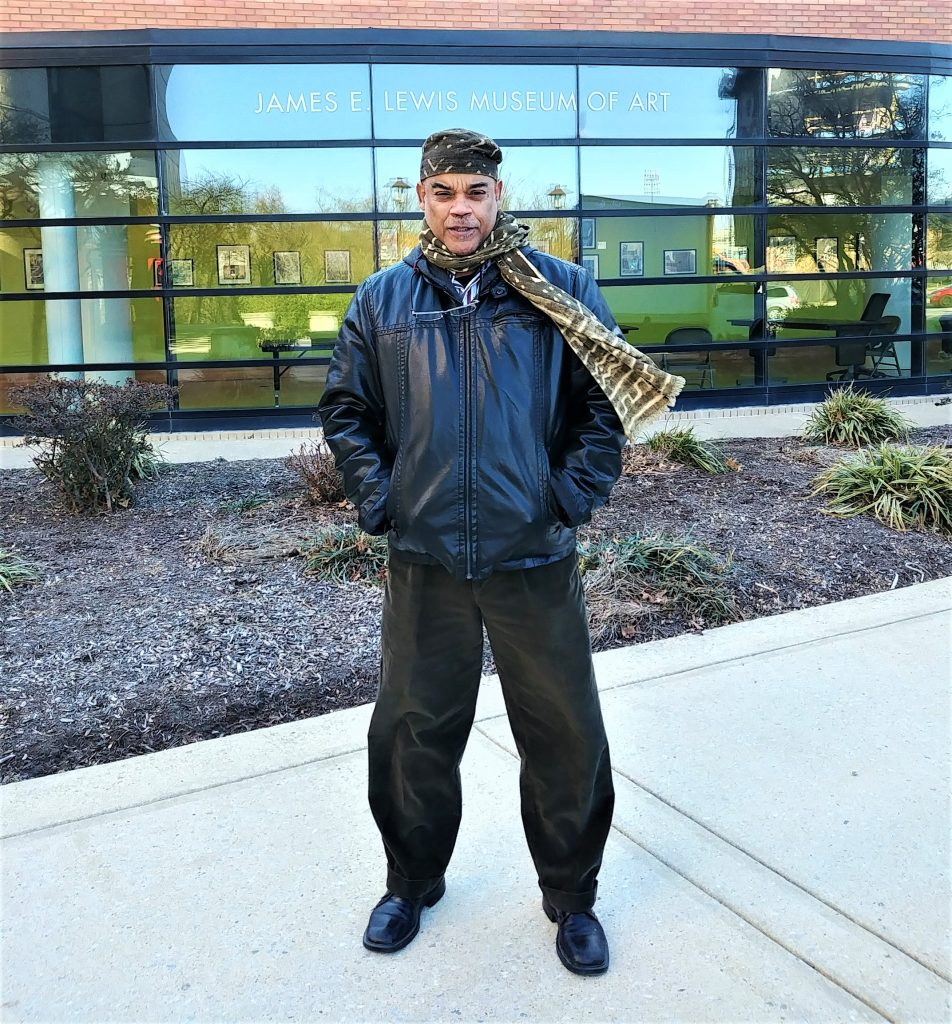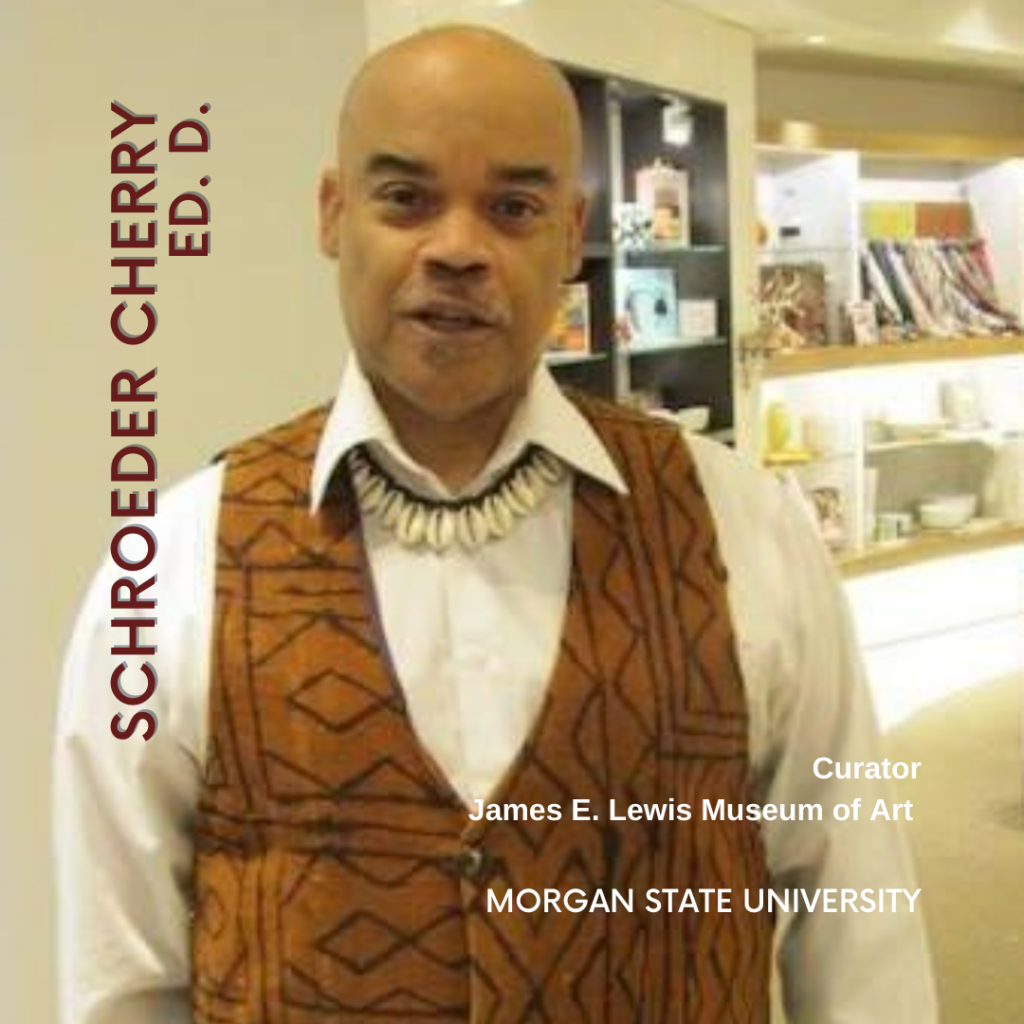
Schroeder Cherry, Ed. D., is the Curator for the James E. Lewis Museum of Art at Morgan State University. Thank you Schroeder for your membership and sharing your time with us!
What’s one thing — either industry/work-related or not — you learned in the past month?
Recently I learned that my car, which I have owned for a year, has cross bars inserted in the roof rails that can be stretched across the car roof. I need to transport a large trunk filled with puppets to a museum gallery. Reading the car manual can be beneficial.
If you could trade places with anyone for a day, who would it be?
I would opt for a successful artisan about 200 years in the future. It would be fascinating to see how art plays a role in society.
Coffee or Tea?
Tea. Spicey ginger with agave
Book/Author suggestion?
The Emissary, by Yoko Tawada. Described as a “breathtaking meditation on mortality,” the story is set in Japan after a disaster that destroys all wildlife in oceans and on land. Children are born weak and frail, and adults live to be over 100 years old. The author makes the whole scenario plausible, yet the writing is done with humor.
What did you want to be when you were growing up?
An artist. As a child I drew, painted and played with puppets. I still do those things today. But now I “work” the puppets.
What do you enjoy most about being a part of an academic museum?
Exposing students (and faculty) to the many facets of museum work. People are often surprised to learn that museum professionals are wildly variant. Our work goes beyond hanging a pretty picture on the wall; some museum staff work with living collections.
What are your hopes for our industry?
That museum professionals increasingly find ways to connect meaningfully with society. Most U.S. museums are educational in purpose, which allows them tax exempt status. We can exploit that educational bent to serve communities in ways that are needed. I think about the museum that used its art collection to train a city police force to be better detectives by having them closely observe paintings. Or the galleries that engage Alzheimer patients with interactive techniques. Or the children’s museum that helps youngsters connect with their incarcerated parents through museum visits. I once developed a program for teenage fathers who felt they needed “lots of money” to spend time with their kids. The museum had free admission for teens, so we were an easy spot to spend quality time. The possibilities for meaningful museum engagement are limitless. It is up to us to make the connections.
Bonus: Do you have a favorite joke to share?
I came across this recently. What types of trees belong in the bathroom?
Toiletries.

